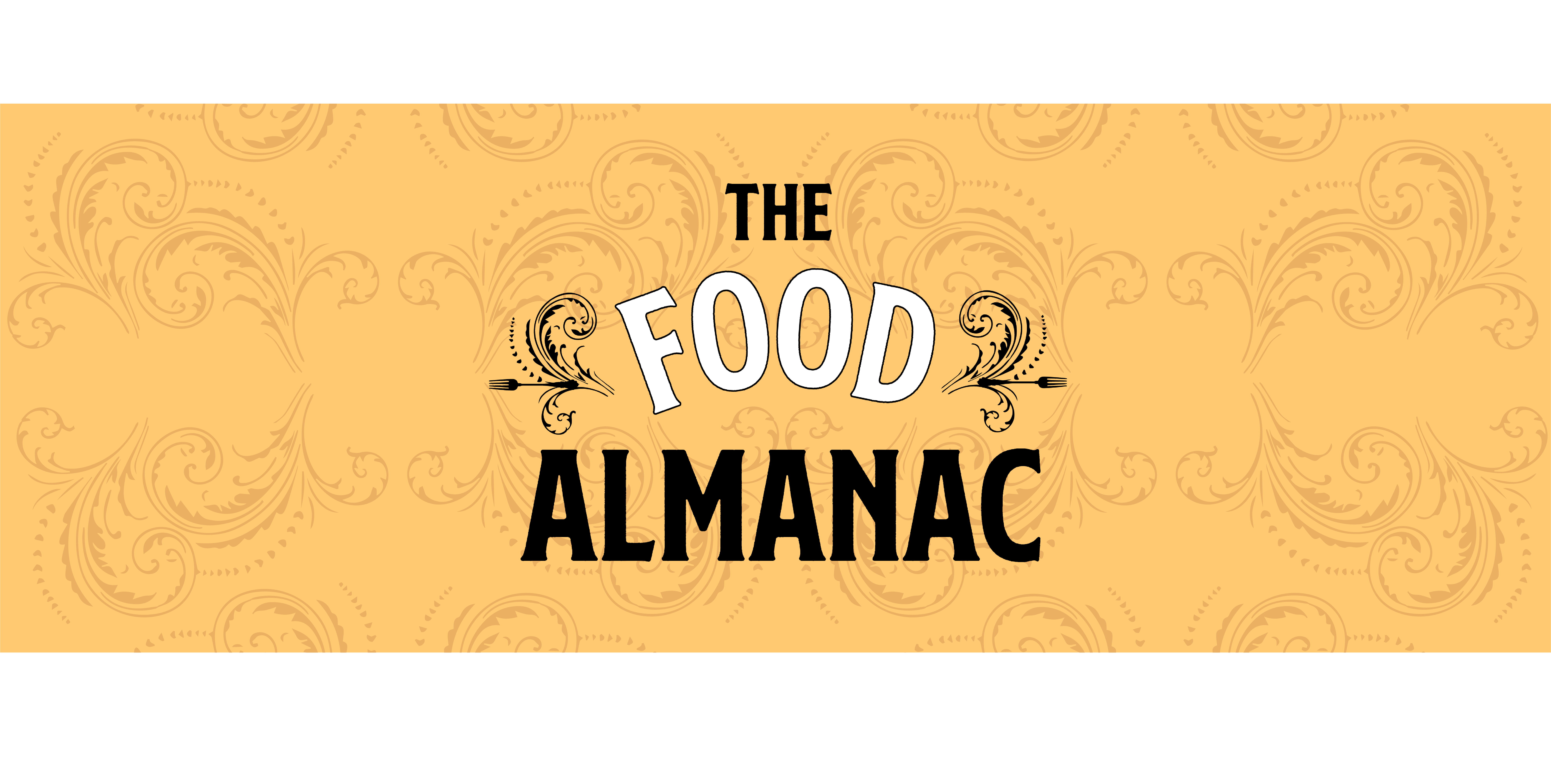

Bread And Butter. Durian. Curry. Brownies. Chinese Food.
 The coatings used for basic fried shrimp fall in four categories. The most common is seasoned flour, with corn meal or corn flour (or a mix of the two) being next most popular. A certain number of shrimp fryers prefer bread crumbs; this works particularly well if the shrimp are large and butterflied, so they come out more or less panneed. Finally there's tempura, the Japanese style of coating the shrimp in a batter made with flour and eggs. It gets puffy when it fries. (Eaters tend to either love or hate that last style.)Fried shrimp can go beyond the basic, and that's when they begin to hold my interest. They can be coated with the likes of pulverized nuts or coconut or even a semi-stuffing made of crabmeat or tasso mixed with cornmeal. Or wrapped with a piece of bacon, which also hold in place a wad of peppery cheese. Many such are served with a sauce, usually with a sweet-savory aspect.There's one more issue as regards fried shrimp: why do most restaurants in the upscale category believe that leaving the tail on makes them more valuable? Answer: it's all for looks.
The coatings used for basic fried shrimp fall in four categories. The most common is seasoned flour, with corn meal or corn flour (or a mix of the two) being next most popular. A certain number of shrimp fryers prefer bread crumbs; this works particularly well if the shrimp are large and butterflied, so they come out more or less panneed. Finally there's tempura, the Japanese style of coating the shrimp in a batter made with flour and eggs. It gets puffy when it fries. (Eaters tend to either love or hate that last style.)Fried shrimp can go beyond the basic, and that's when they begin to hold my interest. They can be coated with the likes of pulverized nuts or coconut or even a semi-stuffing made of crabmeat or tasso mixed with cornmeal. Or wrapped with a piece of bacon, which also hold in place a wad of peppery cheese. Many such are served with a sauce, usually with a sweet-savory aspect.There's one more issue as regards fried shrimp: why do most restaurants in the upscale category believe that leaving the tail on makes them more valuable? Answer: it's all for looks.